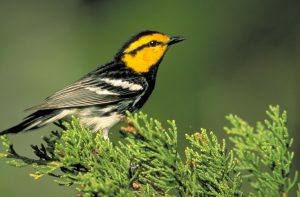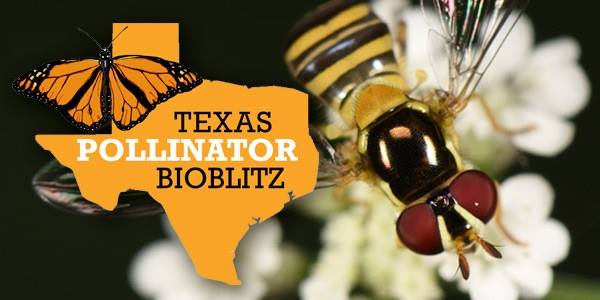Technical Guidance for Landowners
Monday, October 22nd, 2018This is Passport to Texas
Subdivisions seemingly sprout from fields overnight, pushing wildlife to the fringes. People have to live somewhere, but so does wildlife—and wildlife was here first.
As more than 95% of Texas land is privately owned, it’s vital that landowners play an active role in conserving habitat for creatures great and small.
Texas Parks and Wildlife has dozens of biologists across the state that work with landowners to help them manage their properties for wildlife.
When thoughtfully managed, acres of “undeveloped” land support a wide variety of plant and animal communities, providing habitat for wildlife in tandem with opportunity for both consumptive and non-consumptive recreation.
Through the Private Lands and Habitat Program, landowners receive technical guidance to help them develop a wildlife management plan specific to their location and their goals; the service is free.
Find contact information for Technical Guidance Biologists or Private Lands Biologists near you on the TPW website.
The Wildlife Restoration Program supports our series.
For Texas Parks and Wildlife, I’m Cecilia Nasti.







 Passport to Texas is a
Passport to Texas is a  Passport to Texas is made available by:
Passport to Texas is made available by: